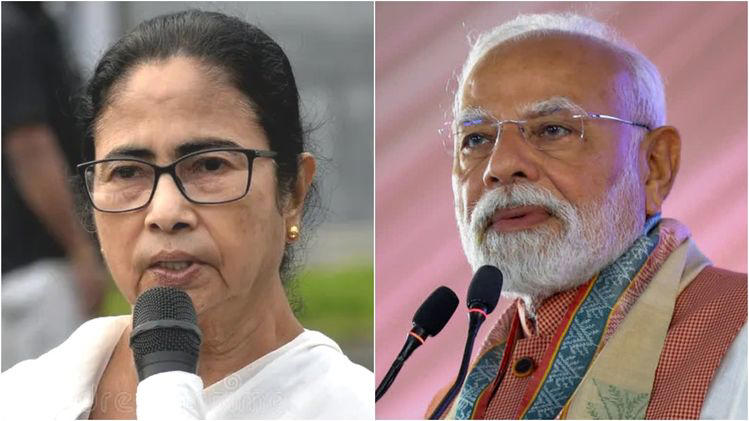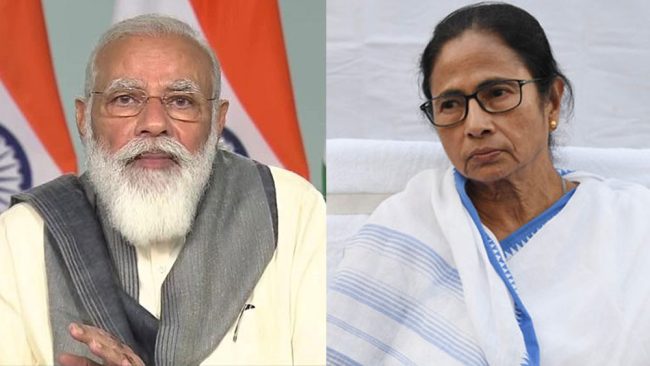
All Eyes on Mamata: Will She Share the Stage with PM Modi Amid Growing Centre-State Rift?
As political tensions between the West Bengal government and the Centre reach a boiling point, one critical question is dominating headlines and drawing attention across the country: Will West Bengal Chief Minister Mamata Banerjee share the stage with Prime Minister Narendra Modi during his upcoming official visit to the state?
Over the past several months, the relationship between the Trinamool Congress-led state government and the BJP-led central government has deteriorated significantly. Both sides have openly criticized each other on a range of issues, from the allocation of central funds to alleged misuse of central investigative agencies like the CBI and ED in politically sensitive cases. The atmosphere has become particularly charged ahead of upcoming elections, with both parties aiming to solidify their support bases and portray the other as acting against the democratic and federal spirit of India.
One of the key flashpoints in this ongoing tussle has been the issue of pending dues under various central schemes. The West Bengal government has accused the Centre of withholding thousands of crores meant for state welfare programs such as MGNREGA and PM Awas Yojana. Mamata Banerjee herself has led multiple protests, including sit-ins and marches, accusing the Modi government of deliberately depriving the people of Bengal for political reasons. In response, the Centre has argued that the state has failed to meet certain audit and implementation standards, justifying the delay in fund disbursal.

In this charged backdrop, Prime Minister Narendra Modi is expected to attend a central government function in West Bengal—possibly to inaugurate infrastructure projects or launch new welfare initiatives. Traditionally, such events see the participation of both central and state representatives, as they reflect cooperation in governance regardless of political affiliations. However, in recent times, Mamata Banerjee has often skipped similar events, either citing prior commitments or making it a point to register her dissent.
The question of whether Mamata will appear on the same stage as Modi is therefore not just about protocol—it’s about the larger political messaging. Her presence could be interpreted as a temporary truce or a strategic decision to maintain institutional respect and cooperation. It might also be seen as an attempt to claim credit for projects in the state’s interest, regardless of who funds or implements them.
On the other hand, her absence would likely make headlines across the nation and serve as a bold political statement. It would further reinforce her image as one of the fiercest critics of the Modi government and highlight the narrative of an embattled regional leader standing up to central authority. Such a move could energize her party’s base and sharpen the opposition’s pitch against the BJP, especially in the lead-up to the 2026 Bengal Assembly elections.
Political analysts suggest that the decision could go either way, depending on the tone of the central government’s messaging around the visit. If the Prime Minister’s speech is expected to be sharply political or critical of the state government, Mamata may choose to skip the event entirely. However, if it remains an official, development-focused program, she may appear to maintain a formal, professional front.
Regardless of her choice, the optics of this moment will carry deep political weight—not just in West Bengal, but across the national stage. In India’s ever-evolving federal politics, such symbolic gestures often speak louder than words.
